{Photograph} by Martha Williams
At first look, the fluorescent lighting and the lengthy metallic cabinets appear like the inside of any storage warehouse. The white porcelain dinner plates, stacked in neat rows, might be from any restaurant—till one sees the emblem stamped in purple ink on their faces: White Star Line.
These plates spent a long time on the backside of the Atlantic Ocean. Then, an underwater expedition introduced them to the floor, cleaned them off, and delivered them right here, to an nameless storage facility in northern Atlanta whose actual deal with is stored secret. They’re a few of hundreds of artifacts salvaged from the stays of the RMS Titanic, a steam-powered ocean liner that sank off the coast of Newfoundland after hitting an iceberg on April 14, 1912, taking with it the lives of greater than 1,500 passengers and crew. The tragedy has captivated the world ever since.
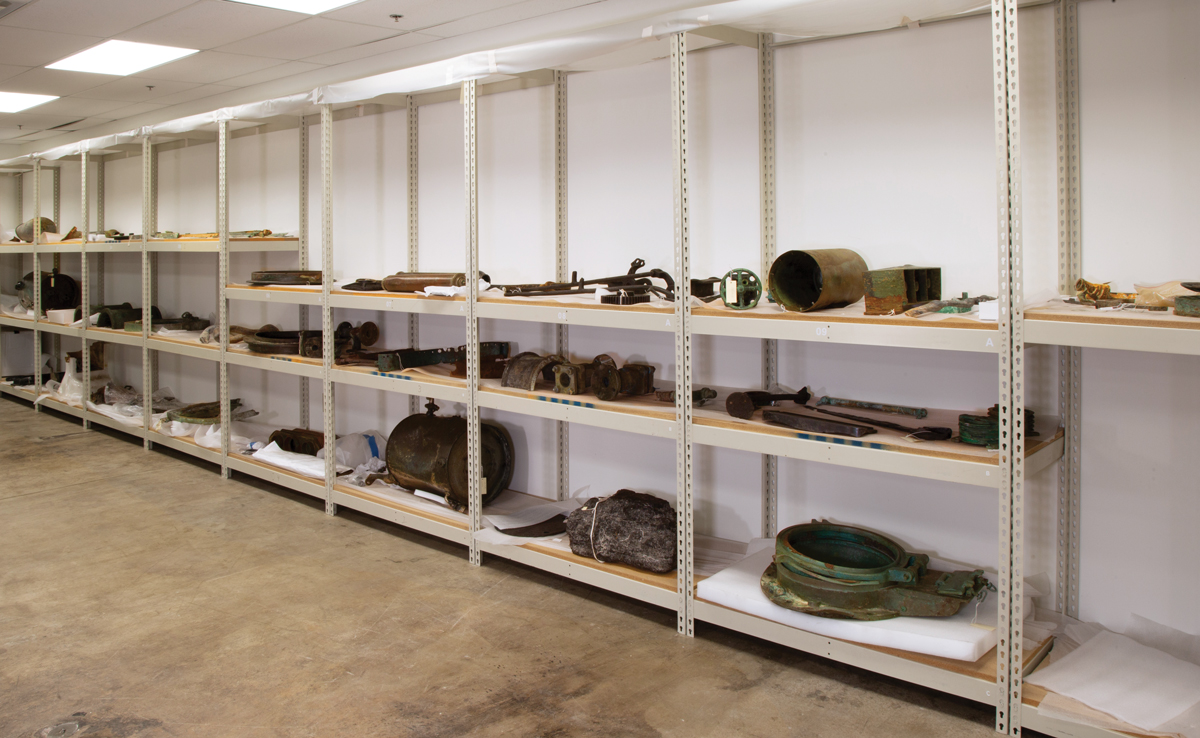
{Photograph} by Martha Williams
Each merchandise recovered from the Titanic, from teacups to leather-based footwear and hulking strips of the ship’s metallic hull, was delivered to land by RMS Titanic, Inc.—the one entity on the planet with salvage rights to the ship. The corporate didn’t discover the underwater web site. The exact location was a thriller for many years, till a joint U.S.-French expedition led by oceanographer Robert Ballard discovered it in 1985. However after the RMS Titanic workforce introduced the primary artifacts to the floor in 1987, a court docket in France—one in every of 4 international locations that share authority over the shipwreck—awarded the corporate rights to the objects under.
Lawsuits shortly adopted from different would-be salvagers, as did pushback from critics who mentioned the positioning ought to stay an untouched memorial. However in 1994, a U.S. maritime court docket granted the corporate the standing of “unique salvor-in-possession.”
“We needed the gathering to remain intact, so we instructed the court docket, ‘We’ll maintain every thing and maintain it collectively,’” says Tomasina Ray, president and director of collections for RMS Titanic, which moved from New York to Atlanta in 2002, partly for the comfort of being close to the town’s main airport.
The court docket assigned RMS Titanic salvage rights with the stipulation that it use its finds for the general public profit; not one of the Titanic artifacts may be offered. As a substitute, along with analysis and conservation, the corporate runs a touring present, Titanic: The Artifact Exhibition, which is at the moment on view in Orlando and Las Vegas, in addition to a number of international locations overseas.
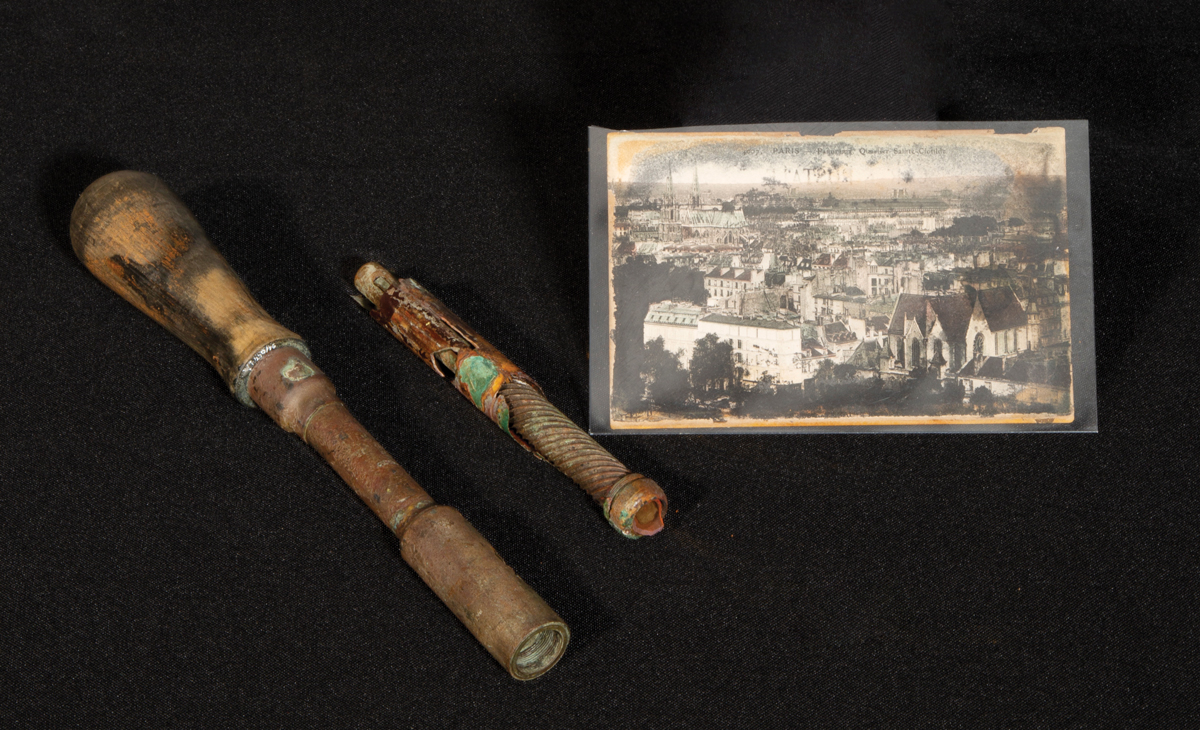
{Photograph} by Martha Williams
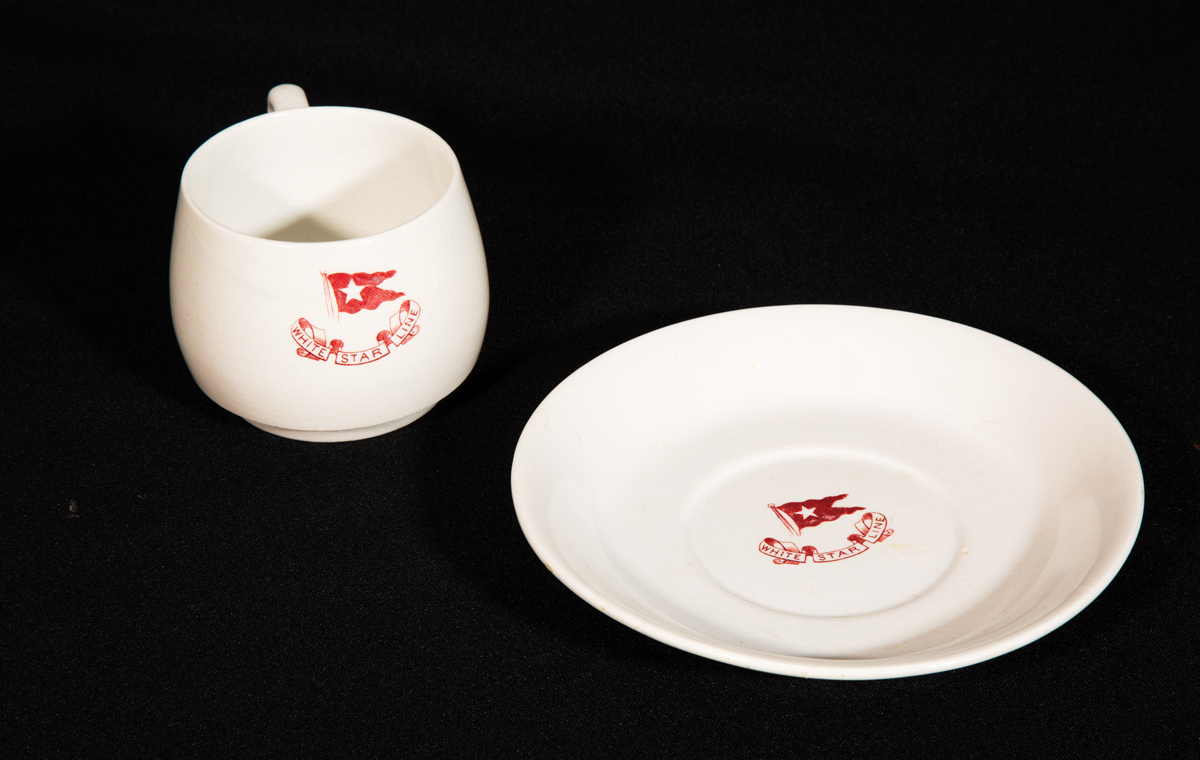
{Photograph} by Martha Williams
“We would like to have the ability to inform the story of the Titanic via the artifacts that had been really there,” says Ray, “so folks can perceive extra totally how the ship went down and make the connections themselves once they see these items.”
The objects recovered usually have highly effective tales to inform. Ray and her assistant, Shannon Baker, lay out a set of instruments discovered on the web site, the metallic rusted however entire: They belonged to Franz Pulbaum, a passenger in second class who perished within the catastrophe.
“Pulbaum was the chief mechanic for a trip at Luna Park in New York, and he did such a very good job that the corporate despatched him to Paris to open the identical trip on the new Luna Park there,” explains Baker. “He did a bunch of vacationer stuff whereas he was there, so we additionally discovered a ton of postcards in his baggage.”
“We would like to have the ability to inform the story of the Titanic via the artifacts that had been really there, so folks can perceive extra totally how the ship went down and make the connections themselves once they see these items.”
Baggage is a uncommon however useful discover throughout the Titanic particles discipline; it’s one of many solely methods to determine the passenger to whom an object belonged. Pulbaum’s employer had awarded him a inventory certificates printed along with his title, which was discovered contained in the leather-based valise, together with the instruments and the postcards. “He additionally had a bottle of hair tonic, which provides a very cute image,” Ray says, smiling. “He’s solely 27 however he’s a bit insecure about dropping his hair already.”
When artifacts are confirmed to belong to sure passengers, their descendants are sometimes excited about seeing them, Ray says, however usually need them to stay with the remainder of the recovered assortment. “Folks actually need their household’s tales within the exhibition,” she says. “Despite the fact that we inform the story of the ship via these items, it’s the non-public tales that we actually wish to bear in mind, to impress upon those that these had been actual individuals who skilled an actual occasion.”
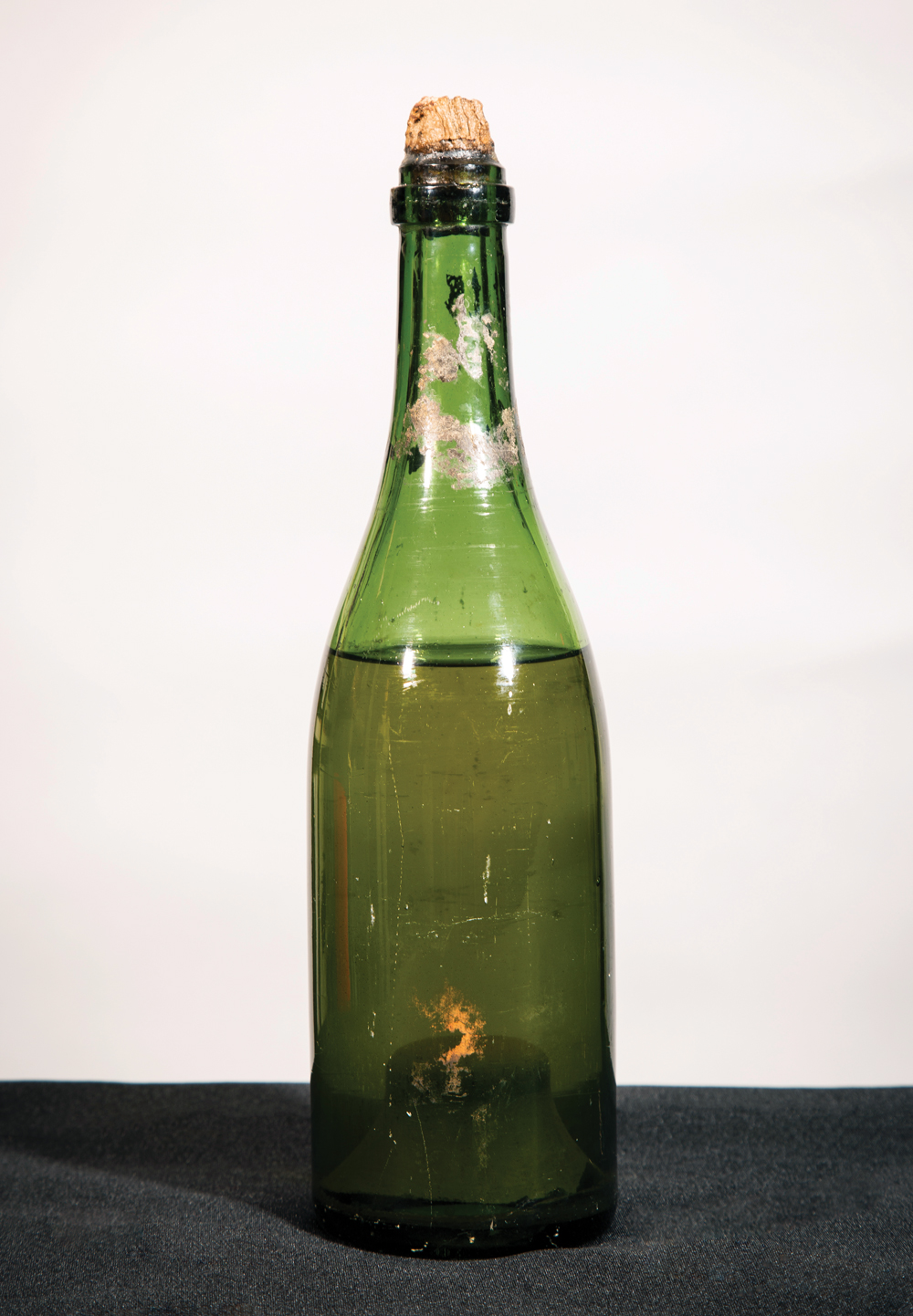
{Photograph} by Martha Williams
The corporate has carried out 9 restoration expeditions prior to now 30 years, gathering greater than 5,500 artifacts. Many are in astonishingly good situation. A champagne bottle, cork intact, nonetheless retains the unique alcohol. “Glass did very well underwater,” Ray explains. “It’s extraordinarily dense, so so long as it didn’t have a void in it, the stress couldn’t crush it.”
One other discover that survived a long time underwater: vials of fragrance, property of perfume maker Adolphe Saalfeld, who traveled first-class and survived the wreck. Of the 65 bottles he packed for his voyage, 62 have been recovered from the ocean ground. “They nonetheless scent wonderful,” says Baker.
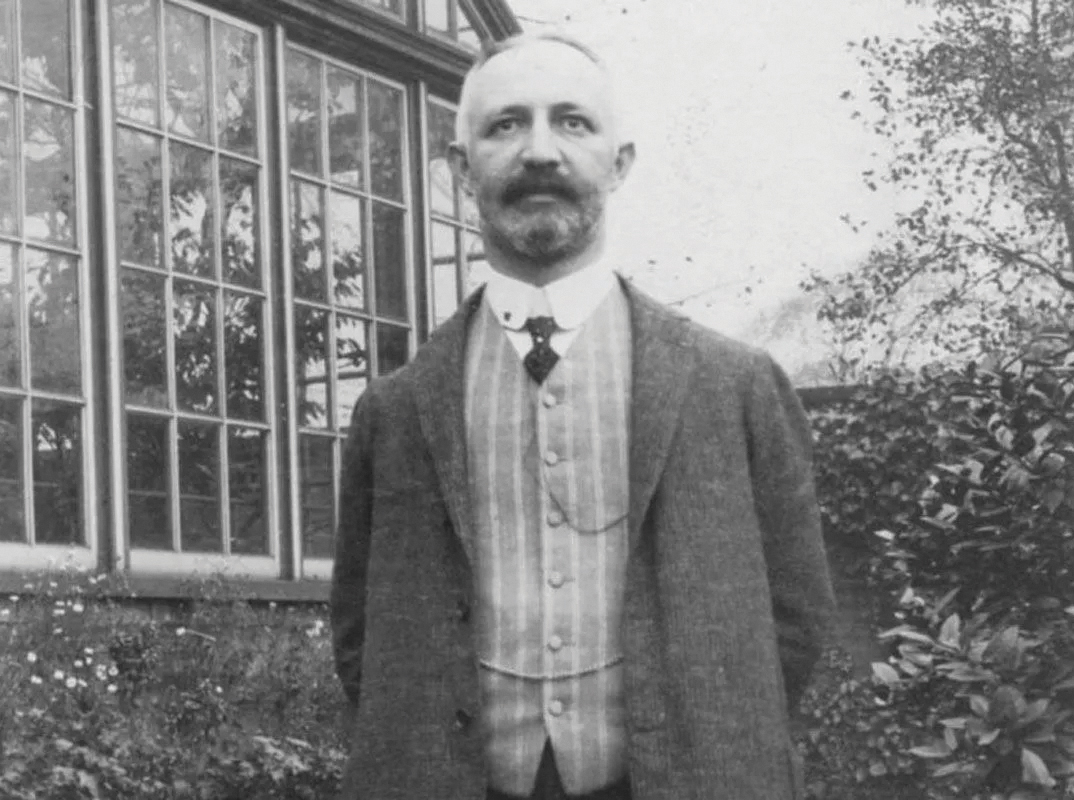
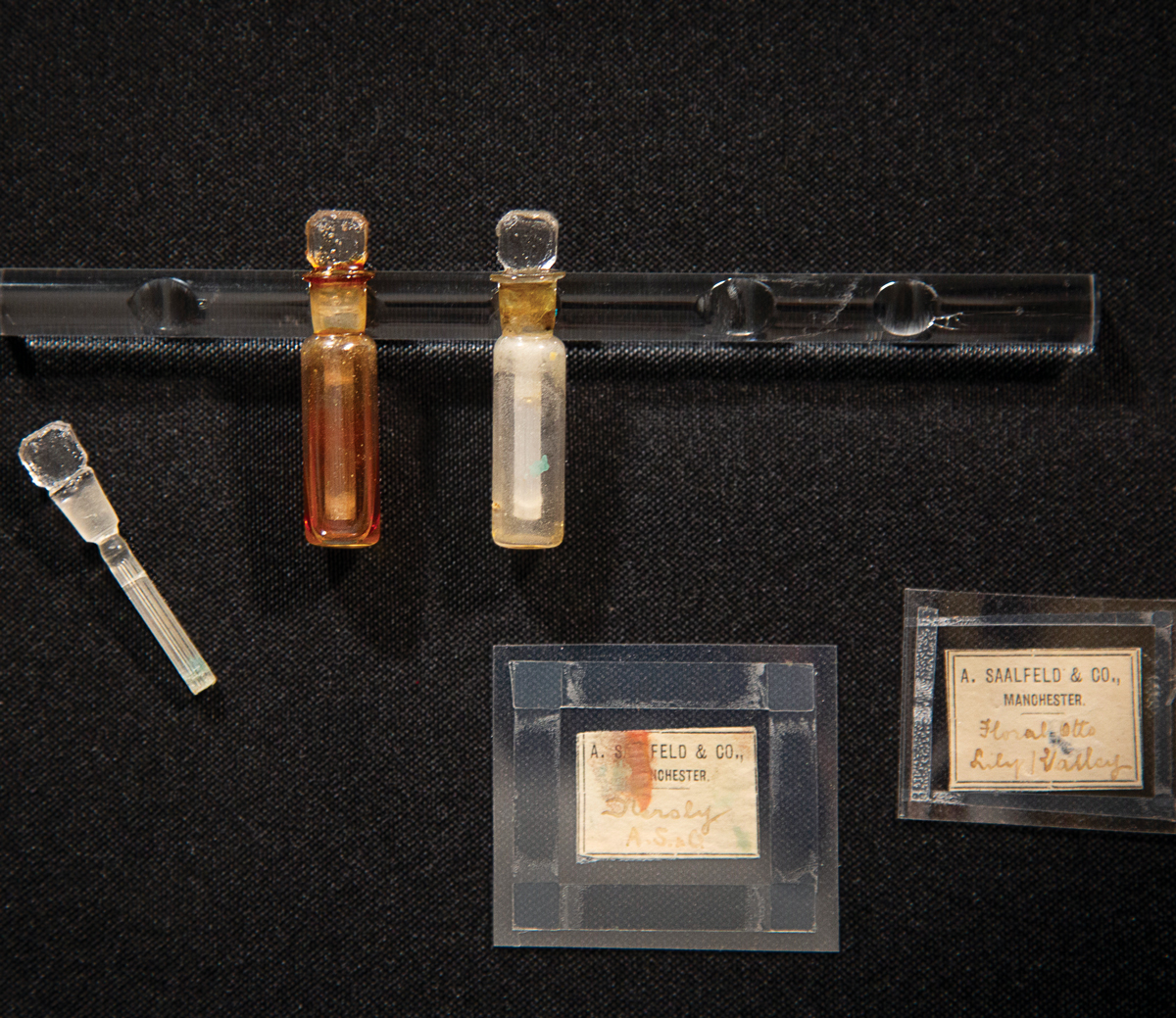
{Photograph} by Martha Williams
Even well-preserved objects are prone to deterioration, nevertheless. “As soon as we get well issues from underwater, they’re extra vulnerable to corrosion,” Ray explains. Her workforce works intently with conservationists specializing in supplies like leather-based and paper to guard the gathering into the longer term.
Previous to becoming a member of RMS Titanic, most of what Ray and Baker knew concerning the shipwreck they’d realized the standard approach: from the film. With its star-crossed lovers and spectacular particular results, James Cameron’s 1998 Finest Image Oscar winner, Titanic, catapulted the century-old catastrophe again into the general public creativeness.
“Earlier than this, I used to be like, Leonardo DiCaprio is so engaging!” says Ray, who joined the corporate in 2012, after a stint on the Excessive Museum of Artwork. “However after I began working with these objects, studying about them, I turned extra invested within the folks behind them and their tales.”
Although RMS Titanic stresses its diligence in caring for the artifacts it’s recovered, some critics say the shipwreck is healthier left alone. In 2023, the tragic implosion of the OceanGate Titan submersible reignited controversy over visits to the Titanic web site. Among the many 5 folks killed was Paul-Henri “P.H.” Nargeolet, a famend oceanographer who had served as RMS Titanic’s director of underwater analysis, although he was on the OceanGate journey in a separate capability. Some critics argued after the catastrophe that the Titanic web site ought to return to being an undisturbed memorial to the lives misplaced.

Illustration by Hulton Archive/Getty Pictures
And what of the retrieval of artifacts from the positioning? That too stays a supply of controversy. Final yr, the U.S. authorities filed a authorized problem towards RMS Titanic to halt its subsequent deliberate restoration expedition. The corporate pivoted as an alternative to an unmanned analysis journey to evaluate the situations of the ship and the encircling particles discipline, which happened final July. “We determined this wasn’t the best time to interact with that problem, and that we wanted to prioritize understanding the wreck web site,” says Ray.
It’s unclear what the longer term holds for the Titanic and its tales. The ship is quickly deteriorating, as RMS Titanic’s current analysis dive demonstrated, as is way of what stays on the ocean ground. “These tales are going to vanish quick,” says Ray.
As she and her colleagues see it, the artifacts retrieved from the Titanic permit them to inform extra tales of the actual individuals who skilled this extraordinary occasion, to offer faces and names to what’s usually sensationalized as a mass tragedy. “We wish to make it possible for, if there’s an opportunity to protect somebody’s reminiscence and legacy,” Ray says, “then we’re ready to do this.”
This text seems in our April 2025 problem.
Commercial

